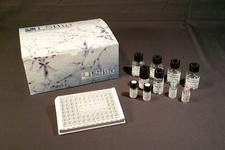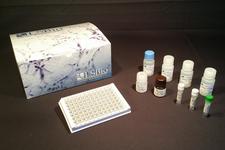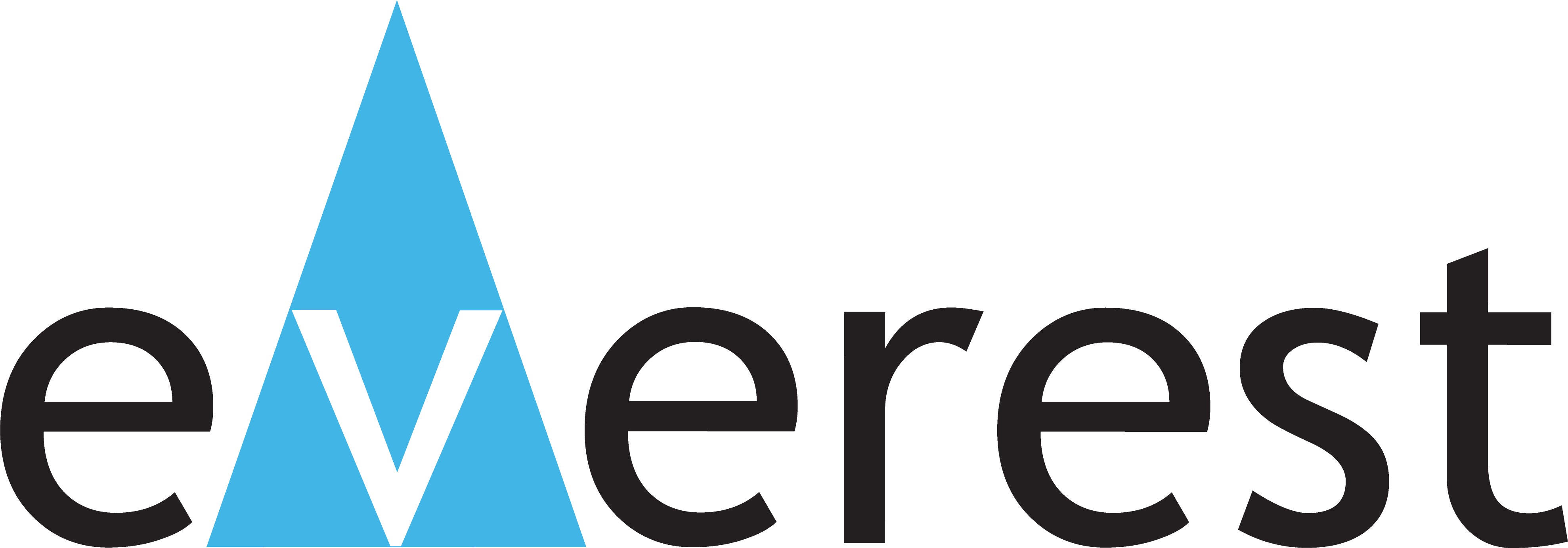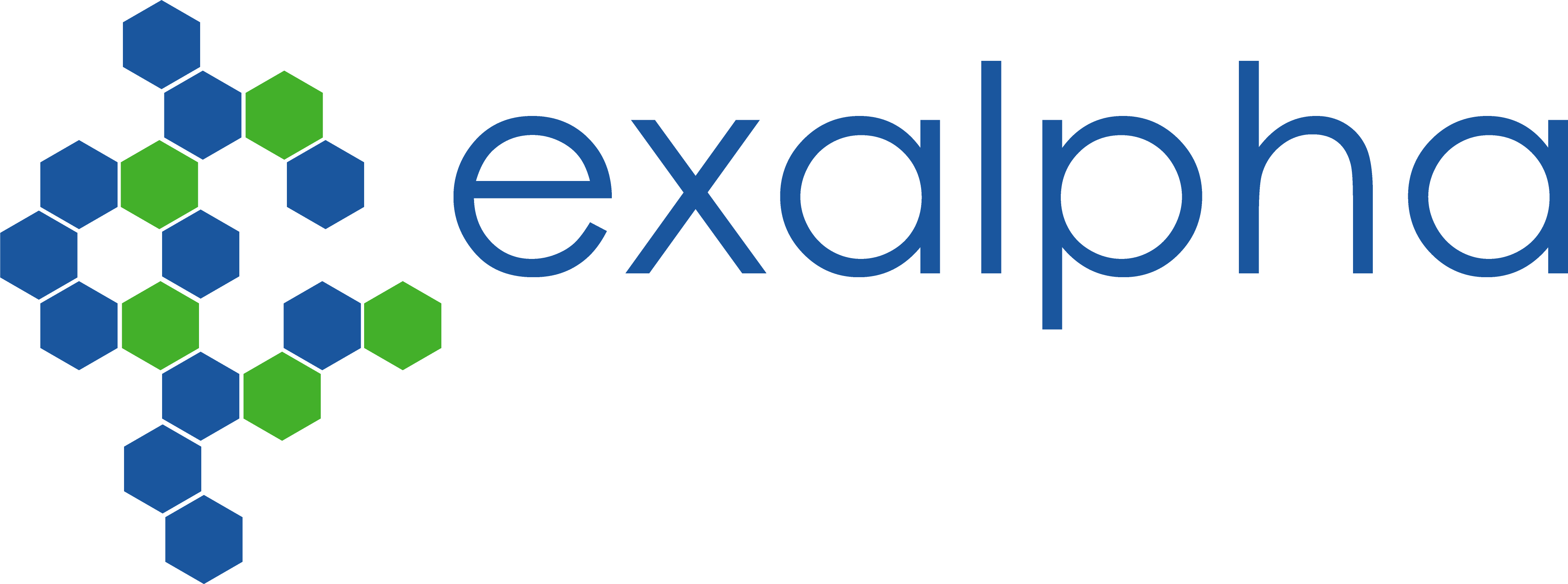order histories, retained contact details for faster checkout, review submissions, and special promotions.
Forgot password?
order histories, retained contact details for faster checkout, review submissions, and special promotions.
Location
Corporate Headquarters
Vector Laboratories, Inc.
6737 Mowry Ave
Newark, CA 94560
United States
Telephone Numbers
Customer Service: (800) 227-6666 / (650) 697-3600
Contact Us
Additional Contact Details
order histories, retained contact details for faster checkout, review submissions, and special promotions.
Forgot password?
order histories, retained contact details for faster checkout, review submissions, and special promotions.
CD8
CD8 (cluster of differentiation 8) is a transmembrane glycoprotein that serves as a co-receptor for the T cell receptor (TCR). Like the TCR, CD8 binds to a major histocompatibility complex (MHC) molecule, but is specific for the class I MHC protein. There are two isoforms of the protein, alpha and beta, each encoded by a different gene. In humans, both genes are located on chromosome 2 in position 2p12. The CD8 co-receptor is predominantly expressed on the surface of cytotoxic T cells, but can also be found on natural killer cells, cortical thymocytes, and dendritic cells. It is expressed in T cell lymphoblastic lymphoma and hypo-pigmented mycosis fungoides. To function, CD8 forms a dimer, consisting of a pair of CD8 chains. The most common form of CD8 is composed of a CD8-alpha and CD8-beta chain, both members of the immunoglobulin superfamily with an immunoglobulin variable (IgV)-like extracellular domain connected to the membrane by a thin stalk, and an intracellular tail. Less-common homodimers of the CD8-alpha chain are also expressed on some cells.
CD8 Target Details
| Target Name: | CD8 |
Publications (4)









If you do not find the reagent or information you require, please contact Customer.Support@LSBio.com to inquire about additional products in development.









